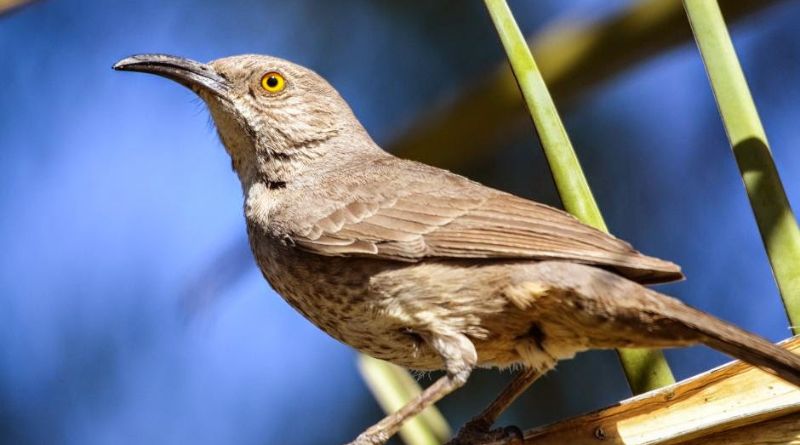Huitlacoche Animal: Exploring the Enigmatic World of Toxostoma cinereum
The world of wildlife is filled with fascinating creatures, some well-known and celebrated, while others remain shrouded in mystery. One such enigmatic animal is the Huitlacoche, scientifically known as Toxostoma cinereum. In this article, we embark on a journey to unravel the mysteries of the Huitlacoche animal, its unique characteristics, habitat, behavior, and its place in the natural world.
Meet the Huitlacoche Animal
Taxonomic Classification Toxostoma cinereum, commonly known as the Huitlacoche animal, belongs to the family Mimidae, which includes mockingbirds and thrashers. It is a species of bird native to North America, and its range extends across several southwestern states of the United States and parts of Mexico.
Physical Appearance The Huitlacoche animal is a small to medium-sized bird, with a length of approximately 8 to 10 inches (20 to 25 cm). It is characterized by its distinctive plumage, which includes a gray-brown upper body and wings, a pale belly, and a long, slender bill. Its eyes are bright and often exhibit an inquisitive gleam.
Habitat and Range
Preferred Habitat Huitlacoche animals are highly adaptable and can thrive in various habitats, including arid deserts, scrublands, and woodlands. They are often found in regions with sparse vegetation and prefer open areas where they can forage for food.
Geographic Range The range of Toxostoma cinereum extends across the southwestern United States, encompassing states such as Arizona, New Mexico, and Texas. Additionally, they are also found in parts of northern Mexico.
Diet and Feeding Behavior
Omnivorous Appetite Huitlacoche animals are opportunistic feeders with an omnivorous diet. Their meals consist of a diverse array of food items, including:
- Insects and arthropods.
- Small reptiles and amphibians.
- Berries, seeds, and fruits.
- Occasionally, they may scavenge for carrion.
Foraging Techniques These birds are known for their distinctive foraging behaviors. They use their long bills to probe the ground for insects and other prey items. They are also skilled at catching flying insects in mid-air, showcasing their agility and hunting prowess.
Behavior and Social Structure
Solitary Nature Huitlacoche animals are primarily solitary birds. They tend to establish territories and defend them against intruders. However, during the breeding season, they may form temporary pairs or small family groups.
Vocalizations Like other members of the Mimidae family, Huitlacoche animals are renowned for their melodious and varied songs. They use their vocalizations not only for communication but also for territorial defense and attracting mates. Their songs are a delightful feature of their presence in the wild.
Reproduction and Nesting
Breeding Season The breeding season for Huitlacoche animals typically occurs during the spring and early summer months. During this time, males engage in elaborate courtship displays to attract females.
Nesting and Eggs The female constructs a cup-shaped nest made of twigs, grasses, and leaves in a concealed location, often in dense shrubs or low trees. She lays a clutch of eggs, usually numbering 2 to 4, which she incubates until they hatch. Both parents share the responsibility of feeding and caring for the chicks.
Conservation Status
Huitlacoche animals are not considered a threatened or endangered species. Their adaptability to various habitats and omnivorous diet have allowed them to thrive in different environments. However, like many other wildlife species, they face threats such as habitat loss due to urbanization and agriculture.
Human Interaction and Folklore
The Huitlacoche animal has a unique place in folklore and traditional beliefs among certain indigenous communities in its range. It is often associated with stories and legends that highlight its intelligence and adaptability.
Conclusion
The Huitlacoche animal, or Toxostoma cinereum, may not be as well-known as some of its avian counterparts, but it possesses a charm and mystique all its own. With its adaptable nature, melodious songs, and unique behaviors, it has earned its place in the natural world.
Exploring the enigmatic world of the Huitlacoche animal offers us a glimpse into the intricate web of life that surrounds us. While it may not be as famous as other creatures, it serves as a reminder of the rich biodiversity that exists on our planet and the importance of preserving and protecting it for future generations to enjoy and cherish.














Post Comment